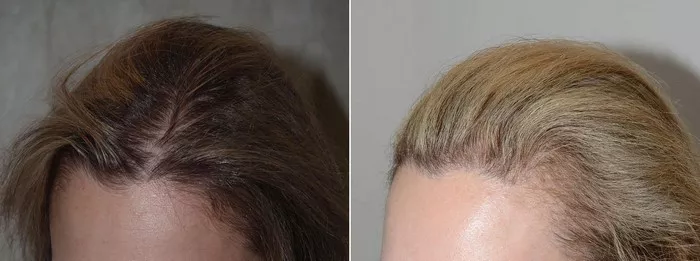Facial hair has long been associated with masculinity and individual expression, and for those struggling with patchy beards or sparse facial hair, a facial hair transplant can be a transformative solution. This procedure, gaining popularity in recent years, involves transplanting hair follicles from one part of the body to the face. In this article, we’ll delve into the intricacies of how facial hair transplant works, exploring the process step by step.
1. Patient Assessment:
Before undergoing a facial hair transplant, a thorough assessment is crucial. The surgeon evaluates the patient’s overall health, medical history, and ensures that they have realistic expectations regarding the outcome of the procedure. Factors such as the donor site, hair type, and the desired beard or mustache style are carefully considered during this initial phase.
2. Donor Site Selection:
The success of a facial hair transplant heavily relies on selecting an appropriate donor site. Typically, the back of the scalp is chosen as the donor area because the hair in this region closely resembles facial hair in terms of texture and growth pattern. Additionally, the back of the scalp usually has a robust hair supply, allowing for an adequate number of grafts to be harvested.
3. Hair Graft Harvesting:
The next step involves harvesting hair grafts from the selected donor site. The most common technique is Follicular Unit Extraction (FUE), a minimally invasive procedure. During FUE, individual hair follicles are extracted one by one using a specialized punch tool. This method leaves tiny, nearly undetectable scars, allowing for a quicker recovery compared to traditional methods.
4. Graft Preparation:
Once the grafts are harvested, they undergo meticulous preparation. The individual hair follicles are trimmed and sorted according to their natural growth direction, ensuring a seamless and natural-looking result when transplanted to the face.
5. Recipient Site Creation:
Creating the recipient sites on the face is a critical step in ensuring the success of the transplant. The surgeon considers the patient’s facial anatomy, hair growth pattern, and the desired beard or mustache design. The recipient sites are strategically made to accommodate the transplanted grafts, taking into account the natural curvature and angle of facial hair.
6. Graft Transplantation:
With the recipient sites ready, the prepared grafts are meticulously transplanted into the designated areas on the face. The surgeon pays close attention to the angle, depth, and distribution of the transplanted hairs to achieve a natural appearance. The transplantation process may take several hours, depending on the extent of the procedure and the number of grafts required.
7. Post-Transplant Care:
After the facial hair transplant, patients receive detailed instructions on post-operative care. This includes guidelines for cleaning the transplanted area, avoiding certain activities that may disrupt the grafts, and using any prescribed medications to promote healing and prevent infection. Swelling and redness are common in the initial days, but these side effects typically subside within a week or two.
8. Recovery and Results:
The recovery period varies from person to person, but most individuals can resume their regular activities within a week. It’s important to note that the transplanted hairs will shed initially, but this is a normal part of the process. New hair growth usually begins within a few months, and patients can expect to see the final, permanent results after about a year.
See Also: The Cost of Dr. Leonard’s Hair Transplant: A Quick Guide
Conclusion:
In conclusion, a facial hair transplant is a sophisticated procedure that involves a series of carefully orchestrated steps. From patient assessment and donor site selection to graft harvesting, preparation, and transplantation, each phase plays a crucial role in achieving natural-looking and aesthetically pleasing results. As with any cosmetic procedure, it’s essential for individuals considering a facial hair transplant to consult with a qualified and experienced surgeon who can assess their suitability for the procedure and provide realistic expectations. Advances in transplant techniques continue to refine and improve the outcomes, making facial hair transplant a viable and transformative option for those seeking to enhance their facial appearance.


